Voyage Data Recorder (VDR) on a Ship Explained
The IMO defines the Voyage Data Recorder as a complete system, including any items required to interface with the sources of input signals, their processing and encoding, the final recording medium, the playback equipment, the power supply and dedicated reserve power source.
Akin to the ‘Black Box’ on airplanes, a Voyage Data Recorder is an equipment fitted onboard ships that record the various data on a ship which can be used for reconstruction of the voyage details and vital information during an accident investigation.
Information is stored in a secure and retrievable form, relating to the position, movement, physical status, command and control of a ship over the period and following an incident. This information is used during any subsequent safety investigation to identify the cause(s) of the incident. Aside from its usage in accident investigation, it can also be used for preventive maintenance, performance efficiency monitoring, heavy weather damage analysis, accident avoidance and training purposes to improve safety and reduce running costs.
Understanding VDR
As mentioned earlier, a VDR or voyage data recorder is an instrument safely installed on a ship to continuously record vital information related to the operation of a vessel. It contains a voice recording system for a period of at least last 12 hours (for VDRs installed post-July 2014, the period of the integrated details recorded is 48 hours as per the MSC Resolution 333.90). This recording is recovered and made use of for investigation in events of accidents in a compressed and digitised format.
A ship’s VDR is far superior to a black box of an aeroplane as it stores a variety of data and that too for not less than a period of 12 hours. The data records covering the last 12 hours are continuously overwritten by the latest data.
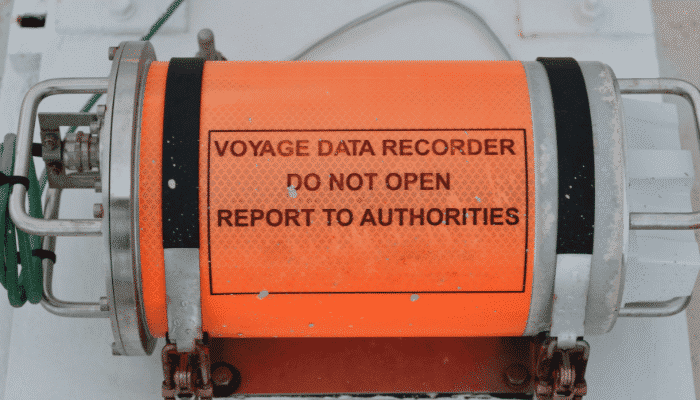
A VDR is capable of withstanding heavy weather, collisions, fires and pressure conditions even when a ship is at a depth of several meters in water.
How VDR works?
The VDR can be classified to contain following units,
– the Data Collection Unit (DCU) (fitted on the bridge that pulls in data from all the integrated sources),
– a Data Recording Unit (DRU) (fitted on the monkey island that stores all of the data that is recorded via the unit within the wheelhouse) and microphones to record bridge audio. The DCU contains the Data Processor Unit, interface modules and backup batteries. It collects data from sensors as required by the IMO and IEC standards. The batteries supply power to the DCU to record bridge audio for 2 h in case of a main ship’s power failure. The flash memory in the DRU stores the data coming from the DCU. The data can be retrieved by using playback software for investigation after an incident. The DRU components are embodied in the protective capsule. The capsule ensures survival and recovery of the recorded data after an incident.
The flash memory in the DRU stores the data coming from the DCU. The data can be retrieved by using playback software for investigation after an incident. The DRU components are embodied in the protective capsule. The capsule ensures survival and recovery of the recorded data after an incident.
The DCU contains the Data Processor Unit, interface modules and backup batteries. It collects data from sensors as required by the IMO and IEC standards. The batteries supply power to the DCU to record bridge audio for 2 hrs in case of a main ship’s power failure. The flash memory in the DRU stores the data coming from the DCU. The data can be retrieved by using playback software for investigation after an incident. The DRU components are embodied in the protective capsule. The capsule ensures survival and recovery of the recorded data after an incident.
The data that is collected or pulled in from all the integrated sources is, as mentioned above, kept in the storage capsule and holds information for the 12 hours (or 48 hours) preceding it and continuously refreshed as the voyage progresses.
There is also a record button provided in the bridge unit so that after pushing button (say during starting of any incident like collision or grounding), the recorder will start recording a new set of information from that period of time.
The capsule mentioned above is a very sturdy unit, capable of withstanding shock and pressures associated with a marine mishap (collision, grounding, bad weather etc). It might be a float-free arrangement as with the HRU or attached with the EPIRB for simultaneous release.
Carriage requirements for VDR
As with all the navigational equipment carried onboard, the VDR also comes under the purview of the SOLAS Chapter V, Regulation 20 as well as Annex 10. The details of it are as follows:
| Passenger ships constructed on or after 1 July 2002 | VDR |
| Ro-ro passenger ships constructed before 1 July 2002 | VDR |
| Passenger ships other than ro-ro constructed before 1 July 2002 | VDR |
| Ships other than passenger ships of 3000 GT and upwards constructed on or after 1 July 2002 | VDR |
| Cargo ships of 20000 gt. and upwards constructed before 1 July 2002* | VDR or S-VDR |
| Cargo ships of 3000 GT and up to 20000 GT constructed before 1 July 2002 * | VDR or S-VDR |
| * Cargo ships built before 1 July 2002 may be exempted from requirements to carry VDR /S-VDR when they are to be taken permanently out of service within 2 years of the relevant implementation date. | |
The VDR at least must record the following:
- Date and time (SVDR)
- Ship’s position (SVDR)
- Speed and heading (SVDR)
- Bridge audio (SVDR)
- Communication audio (radio) (SVDR)
- Radar data (SVDR)
- ECDIS data (SVDR)
- Echo sounder
- Main alarms
- Rudder order and response
- Hull opening (doors) status
- Watertight and fire door status
- Speed and acceleration
- Hull stresses
- Wind speed and direction
S-VDR
The SVDR is nothing but a simplified VDR, that records information that is only absolutely necessary and does not record information as extensive as the VDR. Naturally, it is more cost effective and more in usage on board merchant ships. The concept of SVDR can be best understood by comparing the data below with that of the VDR. Mandatory information to be recorded in an SVDR are marked next to the category above. The last two interfaces of Radar and ECDIS may be recorded only if there are standard interfaces available.
General Operational Requirements
The VDR should continuously maintain sequential records of pre-selected data items relating to the status and output of the ship’s equipment and command and control of the ship. To permit subsequent analysis of factors surrounding an incident, the method of recording should ensure that the various data items can be correlated in date and time during playback on suitable equipment.
The system should include functions to perform a performance test at any time, e.g. annually or following repair or maintenance work to the VDR or any signal source providing data to the VDR. This test may be conducted using the playback equipment and should ensure that all the required data items are being correctly recorded.
Maintenance
As with all navigational equipment, checks and maintenance are important for proper operation of any electronic systems. Only qualified personnel should work inside the equipment. As far as routine checks are concerned, examine the cables for signs of damage and also check that all connections are rigid. The battery should be replaced every four years, the backup battery must be replaced with new one by a qualified service engineer. Regulation 18.8 of SOLAS Chapter V states the requirements for maintenance. A certificate stating that the results of such tests were satisfactory is to be retained onboard.
Underwater Acoustic Beacon
This beacon can be seen in the capsule on the monkey island and is fitted as a homing device to locate the capsule after a mishap. It is attached to a bracket on the capsule. Triggered by immersion in water, they give out pulses in the ultrasonic that can be detected by airborne or shipborne units.
The importance of the VDR cannot be stressed enough. While it is always in every seafarer’s best endeavour that a mishap does not occur at all, it is imperative to know the importance of a VDR in such a situation.
It is important to understand that the VDR/SVDR is not just a way to record data for use later on during accident investigation but it gives the trainers as well as the trainees to understand real life situations at sea and the ways they could be combatted to further prevent any future mishaps, enabling better practical approach towards ship operations at sea.
Disclaimer: The authors’ views expressed in this article do not necessarily reflect the views of Marine Insight. Data and charts, if used, in the article have been sourced from available information and have not been authenticated by any statutory authority. The author and Marine Insight do not claim it to be accurate nor accept any responsibility for the same. The views constitute only the opinions and do not constitute any guidelines or recommendation on any course of action to be followed by the reader.
Do you have info to share with us ? Suggest a correction
Latest Shipboard Guidelines Articles You Would Like:

About Author
Shilavadra Bhattacharjee is a shipbroker with a background in commercial operations after having sailed onboard as a Third Officer. His interests primarily lie in the energy sector, books and travelling.
Subscribe To Our Newsletters
By subscribing, you agree to our Privacy Policy and may receive occasional deal communications; you can unsubscribe anytime.



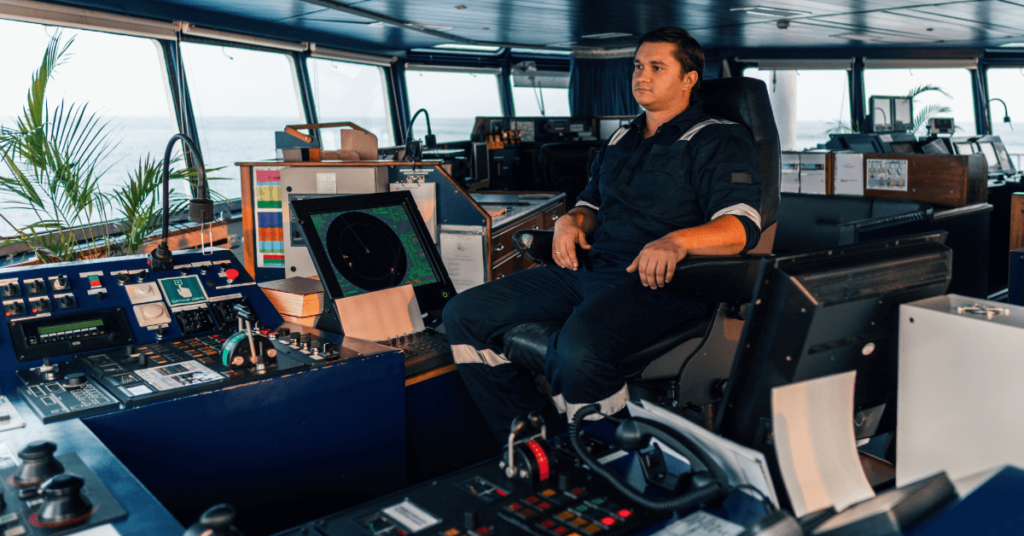
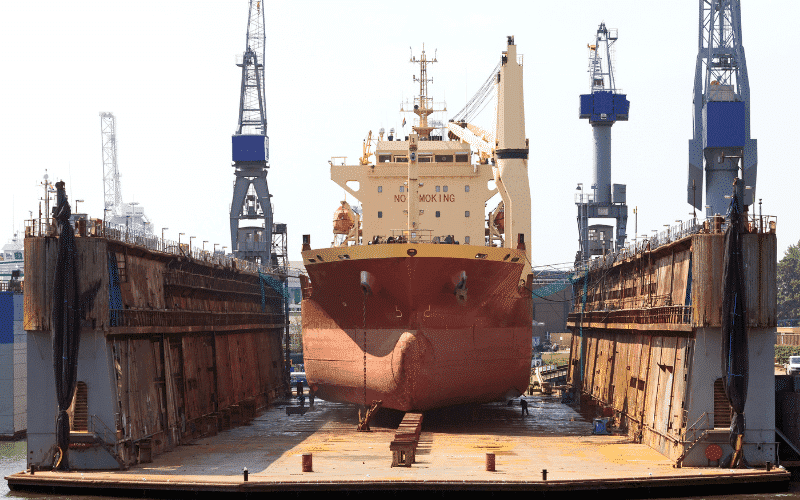
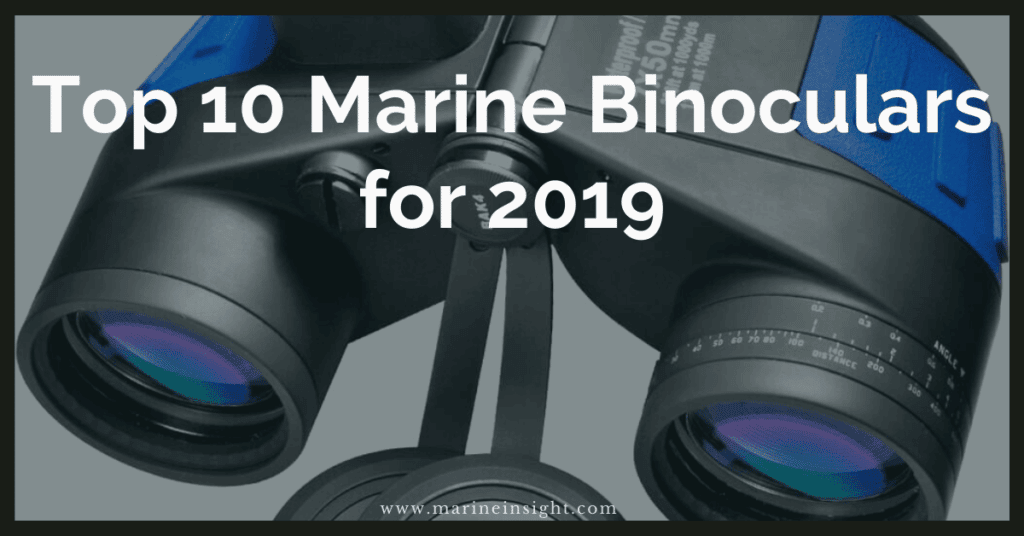
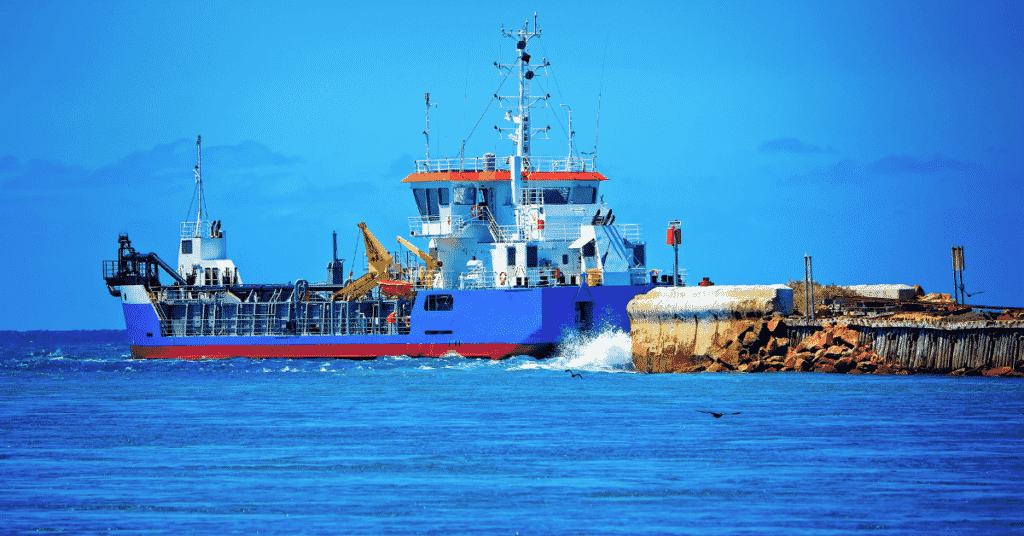
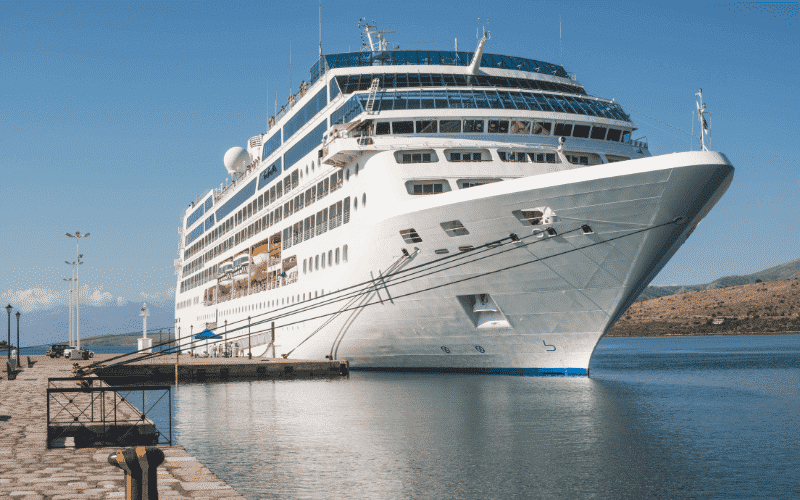
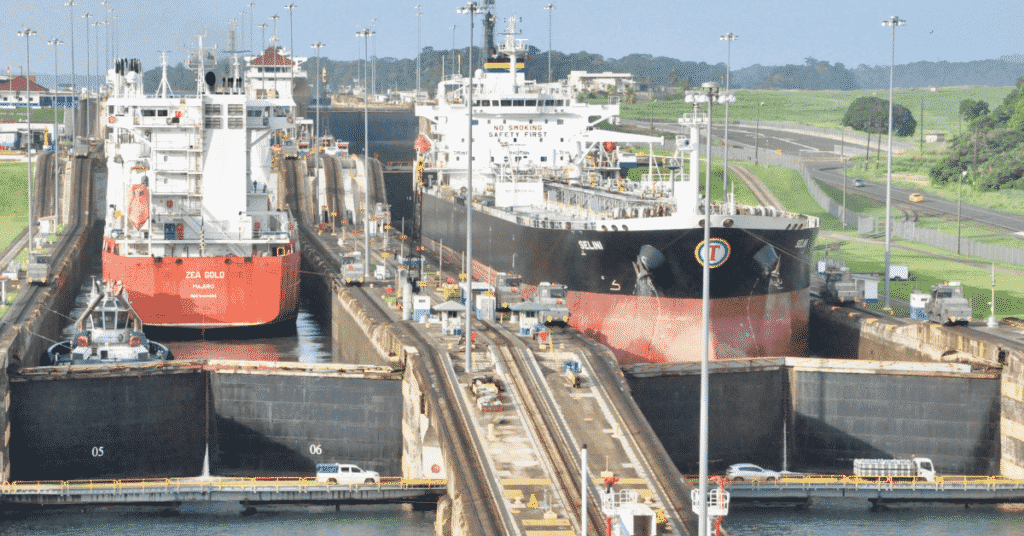

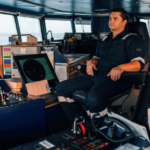
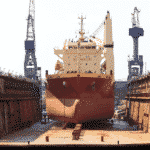

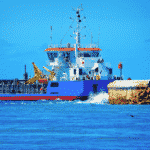
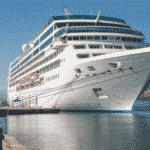
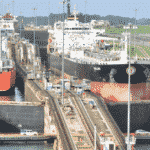
SIMPLY SUPERB
Well done Anish.. keep up the good work.. informative and interesting.
Hello ~ Awesome article ~ Thanks
thankyou for such great information.
but i am nor aware of the errors of the VDR.
it will be helpfull if can provide me.
my email address manpreet240110@gmail.com
OK. All is correct. But I can’t understood why VDR is is part of Ship’s Safety Radio certificate. VDR not providing me with any information, or increasing safety of navigation during the voyage. VDR is for use of investigating authorities only.
Yes. It is for investigation authorities, who then make a safety report and distributes to all PSCs and shipping companies so that such incident should not be repeated and case studies can be done to ensure the preventive measures are in force.
VDR is mandatory to cnnect with ECDIS or not?
Hello. Is it possible for the shipping company to acces the data from the VDR at any time? or is this prohibited?
It will depend on the owner and company. Some VDR comes have Live connections which can be accessed for crew training. Further access to the data will be governed by the applicable domestic legislation of the flag state, coastal state and the lead investigating state as appropriate and the guidelines given in the Code for the Investigation of Marine Casualties and Incidents.
Hello,
I have a problem, is it not possibule after 6 months to playback bridge VDR-S record with new regulations?
(The maximum period between subsequent
checks is, therefore, 15 months for passenger ships and 18 months for cargo ships, unless either
certificate has been extended as permitted by SOLAS regulation I/14, in which case a similar
extension may be granted.
https://solasv.mcga.gov.uk/msc/MSC.1%20Circ.1222%20vdr.pdf
best regards
After 48 hours of new regulations, is not possibule to make playback VDR-s bridge recordings?
give me please feedback.
HI
Kunnar
not possibule after 6 months to playback bridge VDR-S record with new regulations?
this format ist not safe!
Hello Anish, I have a big problem on-board a vessel i am working on. and i sincerer hope this platform could be of help.
My VDR is requesting for a bootable disk to boot. I have insert all various bootable disk but none seems to work.. What can be the cause or what should i do
Please i await your swift responds
Millvin
Do you have any information on PLAYBACK SOFTWARE ?
Guys Hi , one question should the BNWAS connected to VDR if yes where this written
@Capt. Krishnan: There are different software available in the market which needs to be installed on the PC (which is compatible with the VDR installed on ships)
@Egor: According to the Code on Alerts and Indicators, Resolution A.1021(26), implemented on 18 January 2010, the BNWAS first-stage audible alarm and the malfunction of, or power supply failure to, the BNWAS are classified as a mandatory alarm. The BNWAS should be connected to the VDR on ships whose keel is laid on or after 18 January 2010.
What is the reason for providing anEPIRB with the VDR Capsule on Monkey Island?
Can You Please explain?
@Yashwardhan: The sole purpose of the S-VDR Capsule is to store ship’s data relevant to the incident preceding the deployment of the Capsule. The EPIRB function of the S-VDR Capsule is only required to mark the position of the released capsule for later retrieval by the relevant authorities.
In accordance with IMO MSC.163(78) and IEC 61996-2, the preferred locations are on the monkey island or on the bridge wings.
The Capsule should be mounted in the vicinity of the bridge on the outside of the vessel’s structure in a position such that it is accessible by a non-vertical ladder (ie stairway) and its controls are easily reached. Ideally, the Capsule should be mounted as close to the centreline of the vessel as possible, and with sufficient space around it that it can be accessed by ROVs and divers in the event that it fails to release automatically.
Well done sir
Easy and effective learning material
@Sunil: 🙂 ?
This information is not completely true.
“A ship’s VDR is far superior to a black box of an aeroplane as it stores a variety of data and that
too for not less than a period of 12 hours.”
If you mentioned VDR records variety of data but black box of the airplane doesn’t. Thing it is not right.
Black box of the airplane contains voice & flight data (which called Cockpit Voice Recorders (CVR) and Flight Data Recorders (FDR)). So obiously, are as same as to the ship.
Anyways thanks for knowledge.
One more thing I wanted to clarify if there is HRU fitted on her/svdr recording units or they submerg with sinking ship?..pl comment if anyone has some idea…
Can you help me? In order to investigate the causes of an agrounding, I want to access and read the data recorded by an VDR unit. As I received just the data, but not the manufacturer´s software which let me to access & read it, I have not able to do it.
Thanks in advance.
Nice article, very well explained, the comment section too was informative,
continue your good work.
@Shivashankar: Thank you for your support and comment.
Hello,
The VDR is responsibility of IT dpt or MARINE / OPERATION dpt?
Thank you.